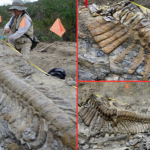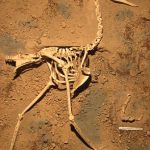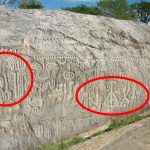Neanderthals’ Cultural Legacy: Hunting Pleistocene Elephants
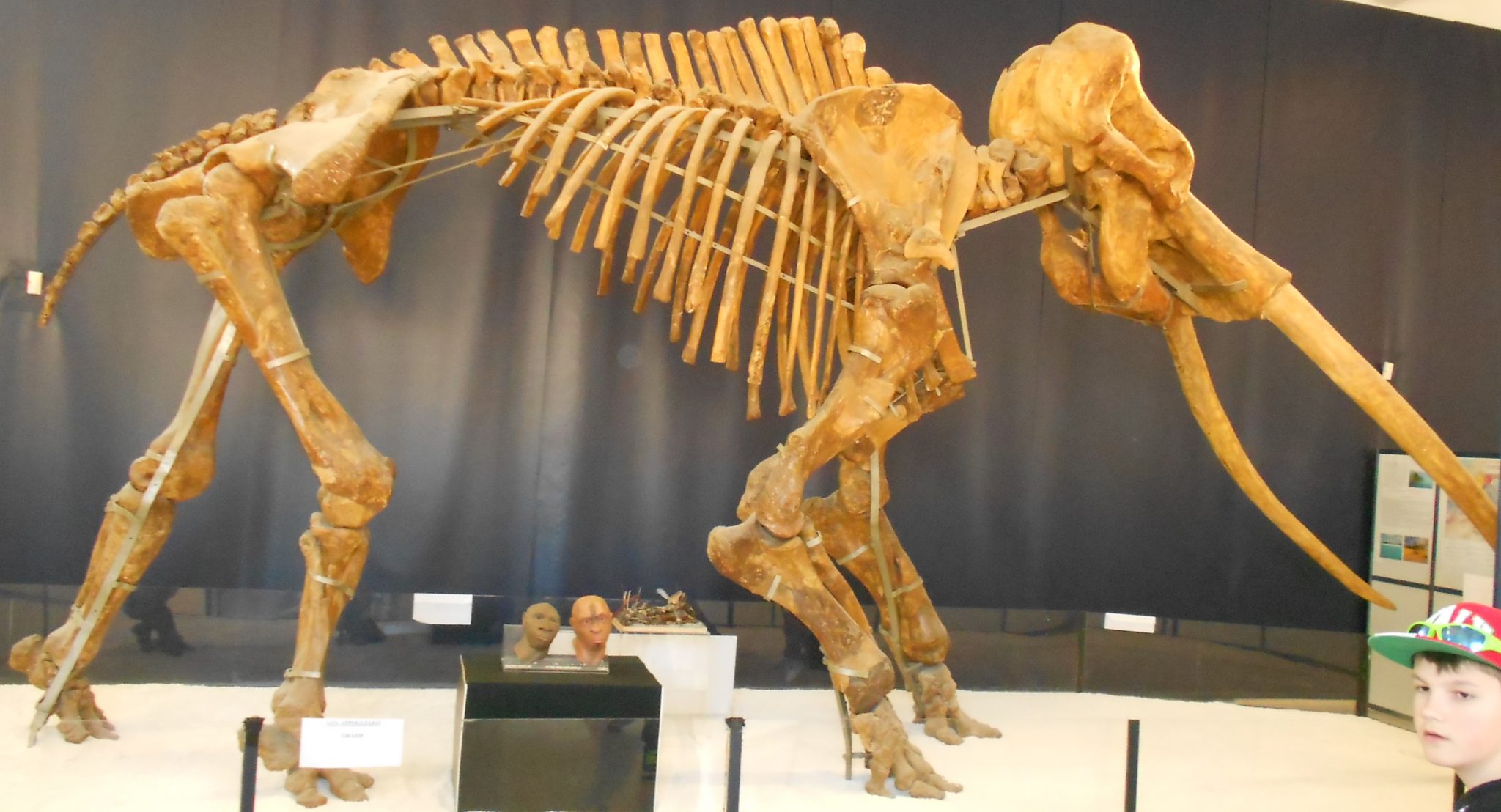
During the Pleistocene epoch, spanning from approximately 2.6 million to 11,700 years ago, Europe and western Asia were home to some of the largest terrestrial mammals ever to roam the Earth—among them, the formidable straight-tusked elephants (Palaeoloxodon antiquus). These majestic creatures dominated the landscape between 800,000 and 100,000 years ago, leaving behind a legacy entwined with early human history, particularly that of the Neanderthals.
Recent archaeological discoveries and analyses have shed new light on the relationship between Neanderthals and straight-tusked elephants, revealing a profound cultural and ecological interplay that endured over millennia. In a groundbreaking study, bones dating back 125,000 years, unearthed from ancient lake deposits in Germany, provide compelling evidence that hunting these enormous animals was a significant part of Neanderthal culture in the region.
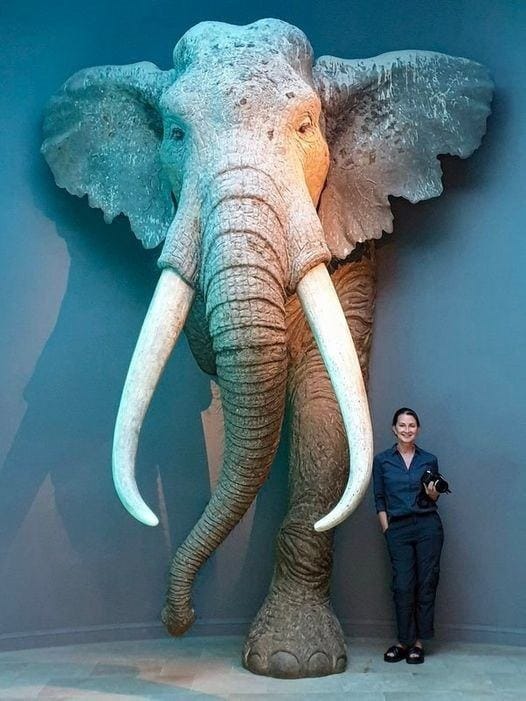
The analysis of these fossilized remains not only confirms the presence of straight-tusked elephants in Pleistocene Europe but also highlights the sophisticated hunting techniques employed by Neanderthals. Over a span of more than 2,000 years—spanning many dozens of generations—Neanderthal communities in what is now Germany engaged in systematic hunting of these megafauna, likely as a vital source of food, materials, and perhaps even cultural significance.
The significance of this discovery extends beyond mere hunting practices; it offers insights into the social organization, adaptive strategies, and technological advancements of Neanderthals. The ability to successfully hunt and manage such large game suggests a high level of coordination, knowledge of terrain, and strategic planning within Neanderthal societies.
Moreover, the presence of straight-tusked elephants in the ecological and cultural landscape of Pleistocene Europe underscores the dynamic interplay between early humans and their environment. These megafauna not only shaped the ecosystems they inhabited but also influenced the cultural and technological evolution of Neanderthals, contributing to the development of tool-making, hunting strategies, and social structures.
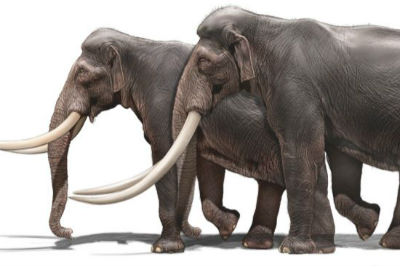
The discovery also prompts questions about the extinction of these majestic creatures and its implications for both Neanderthals and early modern humans. Did the decline of straight-tusked elephants due to climatic shifts or human hunting pressures contribute to changes in subsistence patterns or cultural practices among Neanderthals? These are among the intriguing avenues for future research and exploration in the field of paleoanthropology.
As we delve deeper into the archaeological record and unravel the mysteries of our ancient past, the story of Neanderthals and their interactions with straight-tusked elephants stands as a testament to human resilience, adaptation, and ingenuity in the face of a changing world. It reminds us of the enduring connections between humans and the natural world, offering a glimpse into our shared journey through time and the intricate tapestry of life on Earth.



